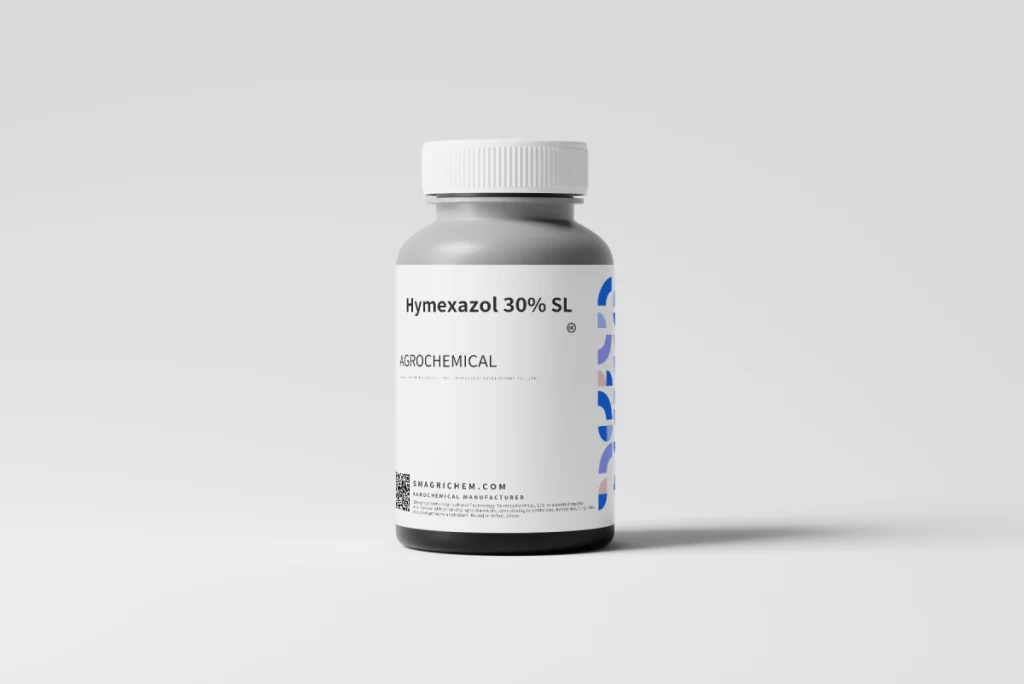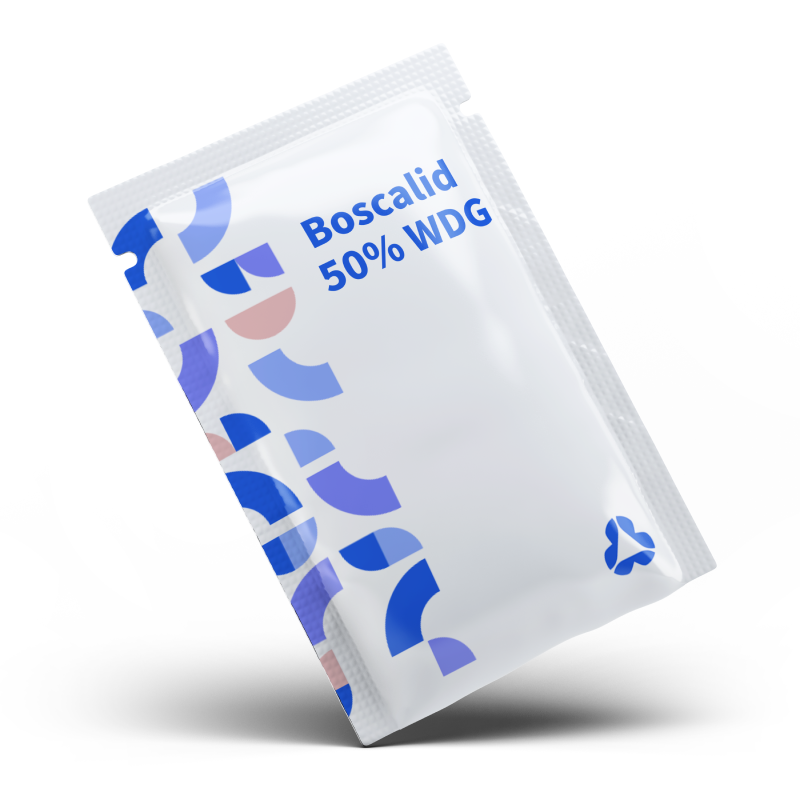Metalaxyl Fungicide | High-Efficiency Systemic Control for Oomycete Diseases
Product Name: Metalaxyl
CAS Number: 57837-19-1
Molecular Formula: C₁₅H₂₁NO₄
Mode of Action: Inhibits RNA synthesis in oomycete fungi, blocking their growth and reproduction. Specifically targets pathogens such as Phytophthora and Plasmopara.




